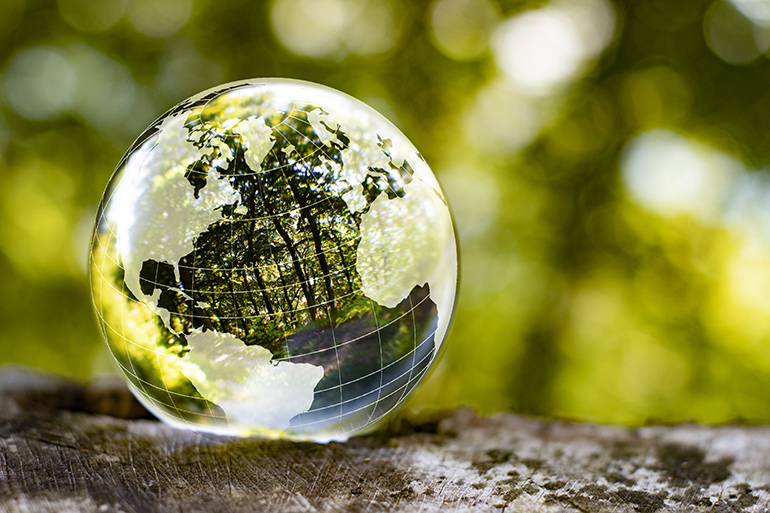
In 1987, the term ‘Sustainable Development’ was defined as “meeting the needs of the present without compromising the ability of future generations to meet their own needs” [1]. However, humanity consumes more natural resources annually than Planet Earth can regenerate in the same period of time [2].
This impact is monitored through Earth Overshoot Day, which represents the day when humanity exhausts resources and begins to live in ecological deficit until the end of the year. In 2022, this day was reached on August 1st and has been moving further away from the end of the year, with Portugal ranking 6th in resource consumption, as shown in Figures 1 and 2, respectively [2].
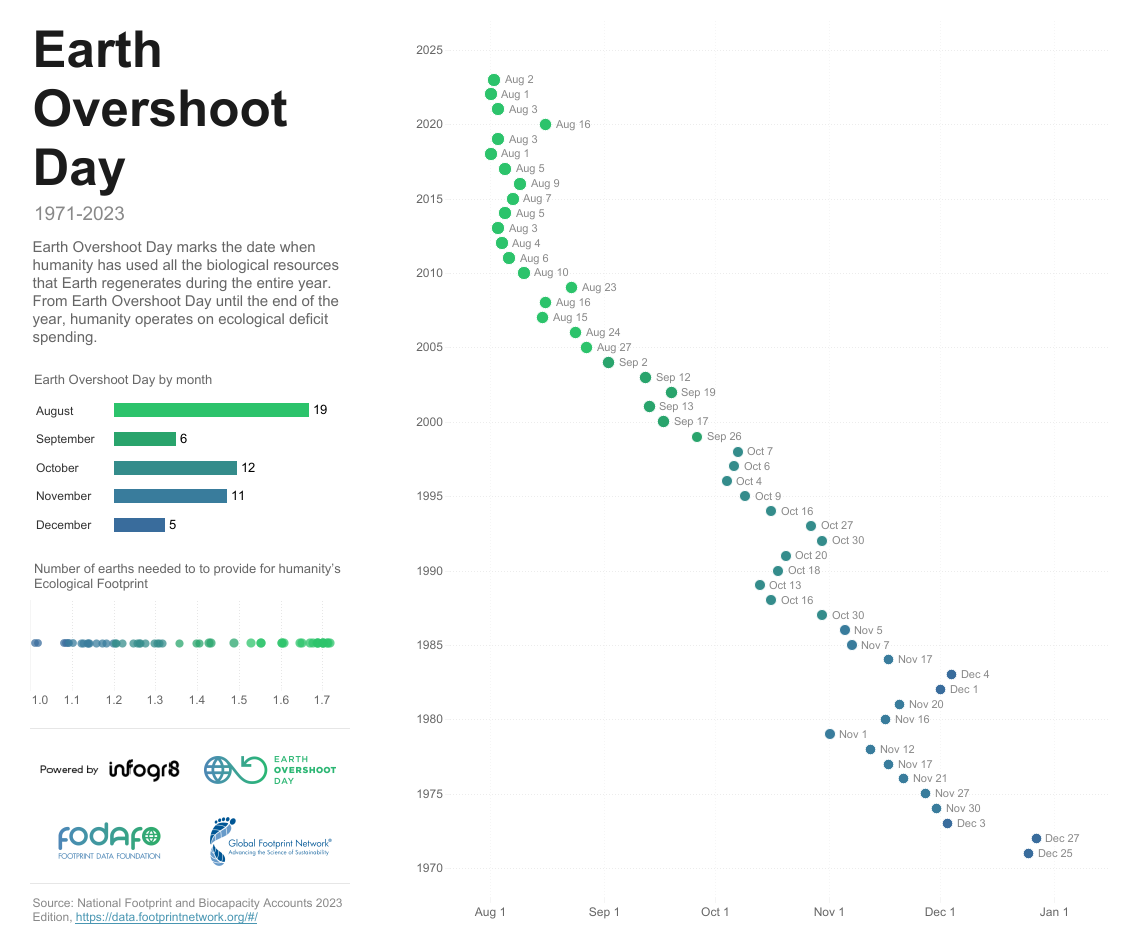
Figure 1. Earth Overshoot Day over the past few years.
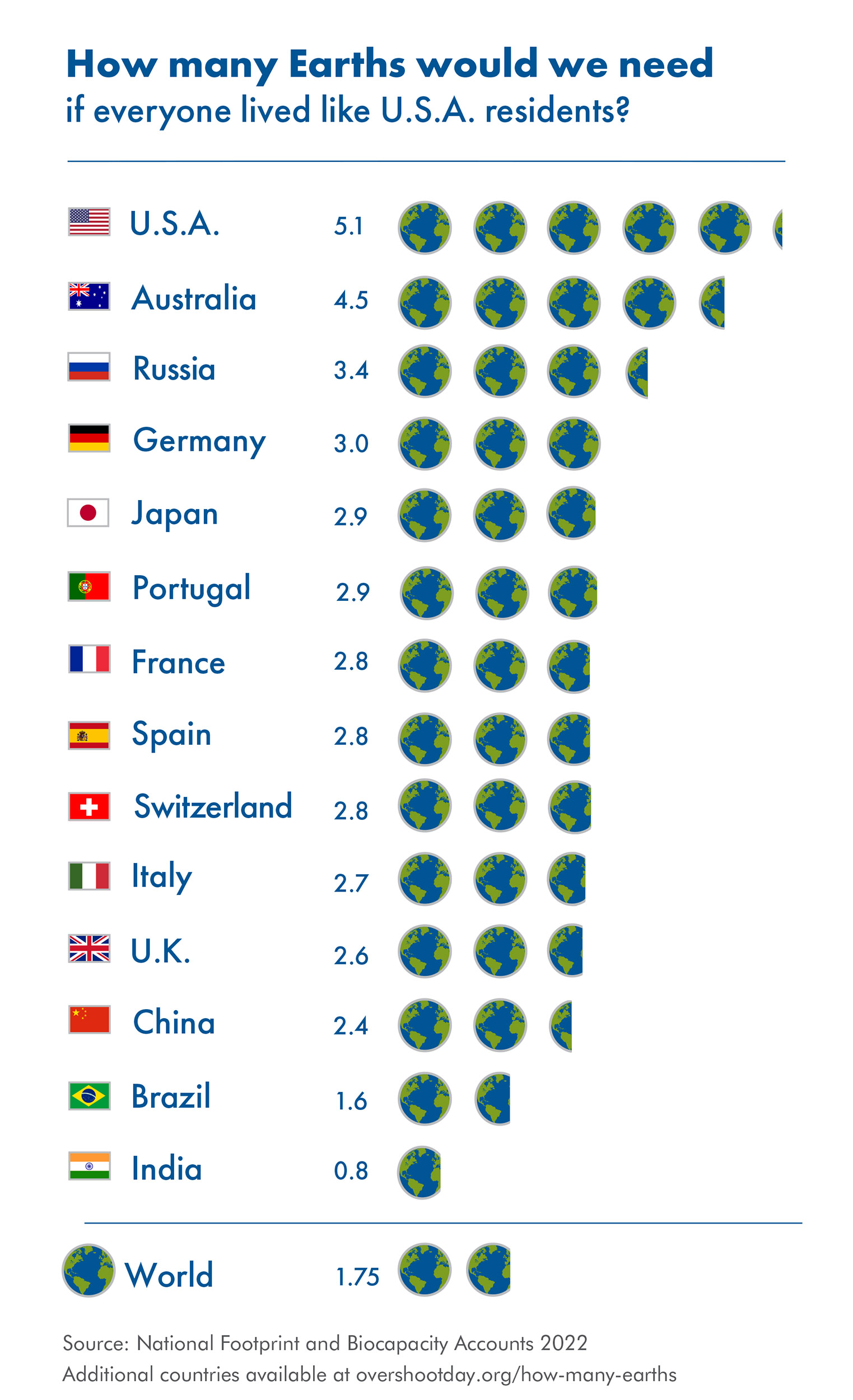
Figure 2. The number of planets that would be needed if the global population lived as in the countries indicated.
With increasing pollution levels, climate change, greenhouse gas emissions, poverty rates, and other factors of economic, social, and environmental interest, all Member States have adopted the goals contained in the 2030 Agenda for Sustainable Development [3] [4].
The Sustainable Development Goals (SDGs) recognize that the eradication of poverty and other deprivations must be combined with strategies that promote health and education, reduce inequalities, and stimulate economic growth, while simultaneously combating climate change and preserving oceans and forests, thus interconnecting the three major pillars of sustainability: Economic, Social, and Environmental [4].
Each SDG has several targets that each Member State must meet, or at least work toward achieving [4]. However, while some domains have seen progress, a large number of goals remain that are progressing very slowly or even regressing. Over 30% of the 140 assessable goals show no improvement or, worse still, regression relative to the 2015 baseline, as seen in Figure 4 [5].
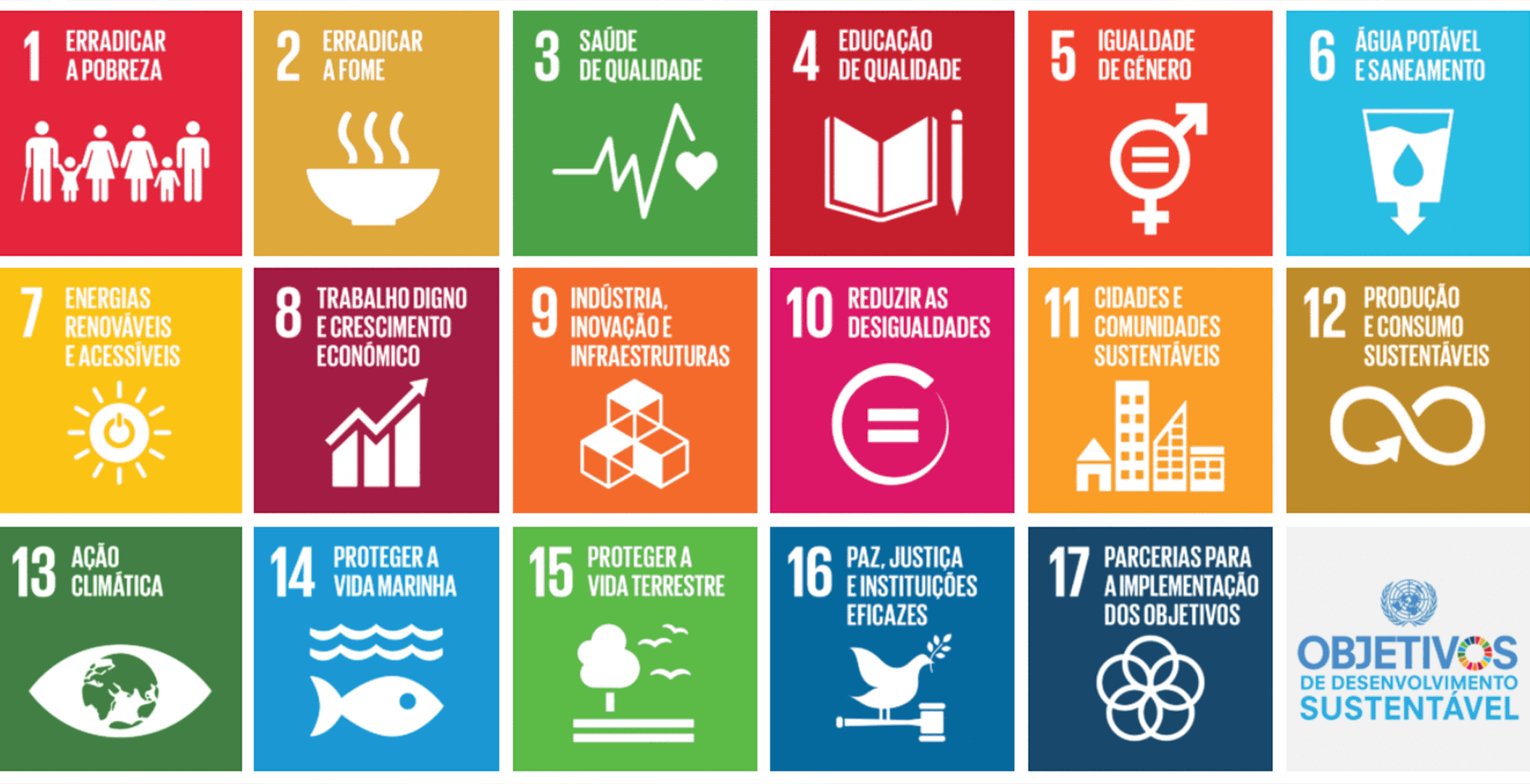
Figure 3. The 17 SDGs are defined in the 2030 Agenda.
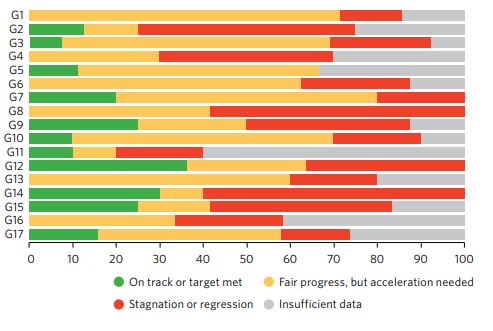
Figure 4. Progress on the 17 SDGs based on the assessed targets.
Among all the SDGs, the one that stands out most positively is G12 – Sustainable Consumption and Production, as approximately 35% of the targets have already been met and more than 25% show an optimistic outlook for achievement [5]. In this context, it is worth highlighting the efforts of 62 countries and the European Union (EU) to implement 485 policies that support the transition to sustainable consumption and production, in addition to the Implementation Plan for a new Global Climate Pact, the Global Biodiversity Framework, and United Nations Environment Assembly resolution 5/14 on ending plastic pollution [5].
Another positive factor in this context is the tripled number of sustainability reports since 2016, demonstrating companies’ interest in publicizing their progress in sustainable development through their commitment to the SDGs [5, 6]. The future outlook is even more optimistic given the Corporate Sustainability Reporting Directive (CSRD) 2022/2464, currently under development by the EU, which “requires large corporations and listed companies to publish regular reports on the social and environmental risks they face and the impact of their activities on people and the environment,” and which will be mandatory starting in 2025 [7].
The traditional take-make-use-dispose economic model has serious environmental impacts, as it focuses primarily on production, disregarding the importance of sound resource management and the need to manage waste and greenhouse gas production. It is therefore incapable of supporting sustainable development [8]. In contrast, the Circular Economy (CE) is a production model that involves sharing, renting, reusing, repairing, renewing, and recycling existing materials and products for as long as possible, extending their life cycle [9]. It represents a set of promising actions and, as such, has received special attention in recent years. In the CE, waste is considered a resource that can be used for other production cycles, which allows for a holistic view of the economy, creates resilience, and sustainable development [8].
Sustainability in the plastics industry
The plastics industry represents a significant portion of the global economy, exceeding 300 million tons in packaging applications and being used in various sectors, such as automotive, aeronautics, sports, construction, healthcare, and medical devices [10]. Plastics manufacturing requires significant amounts of natural and energy resources, with approximately 4% of annual oil production being directly converted into plastics [10, 11]. Furthermore, growing demand and improper disposal have resulted in an increase in several negative environmental impacts, such as water pollution and climate change [10]. In recent years, plastic pollution in the oceans has been a central topic, with an increasing number of studies and reports. Without significant action to combat plastic pollution, the annual flow of plastics into the ocean is expected to triple by 2040, to approximately 29 million tons per year [12].
On average, each European produces approximately 180 kg of packaging waste per year. Packaging is one of the main users of virgin materials, with 40% and 50% of plastic and paper used in the EU, respectively, going to packaging. If this trend continues, packaging waste and plastic packaging waste in the EU are expected to increase by approximately 19% and 46%, respectively, by 2030 [13]. In response to the transition to a circular economy, the EU proposed new packaging rules in November 2022. The main goal is to reduce packaging waste, improve packaging design, and encourage the transition to bio-based, biodegradable, and compostable plastics [9].
To address this issue, the New Plastics Economy Global Commitment, launched by the Ellen MacArthur Foundation in partnership with the United Nations Environment Programme, has been in operation since October 2018. This Commitment unites companies, governments, and other organizations worldwide around a shared vision of a circular economy for plastics, in which plastics never become waste or pollutants, thus capturing new opportunities [14]. The main objectives are the elimination of unnecessary plastic products, innovation so that all plastic is designed to be safely reused, recycled, or compostable, and the circulation of all used plastic to keep it within the economy and out of the environment [15].
The circular economy is not only essential to stopping plastic pollution, but also offers economic, social, and environmental benefits, and therefore encompasses all aspects of sustainability [16]. This type of initiative overcomes the limitations of current approaches by creating a shared sense of direction, triggering a chain of innovation, and providing the opportunity to move the plastics value chain into a positive spiral, which in turn translates into a stronger economy with better environmental outcomes [17].
Despite its negative impacts, plastic is highly relevant to several of the 17 SDGs. It is an industry responsible for creating thousands of job opportunities and is essential in the fight against poverty (SDG 1). In turn, access to employment leads to access to health (SDG 3), gender equality (SDG 5), decent work and economic development (SDG 8), as well as the reduction of inequalities (SDG 10). According to 2017 data, recycling and reuse of materials were responsible for the creation of 757,000 jobs in the United States alone [18].
In short, the importance of plastic in modern society, sustainable development, and the success of the 2030 Agenda is clear. However, plastic has not only pros, but also some worrying cons that can negatively affect the environment, society, and the economy. When disposed of inappropriately, it can cause socio-environmental problems, requiring education and a true commitment from all sectors of society to solve them [18].
PIEP’s main mission is to be a leading entity in polymer engineering innovation, a mission that drives it to constantly share knowledge with its members, clients, and partners. Its motto is the need to solve the plastics problem, maximizing its potential and usefulness in today’s society. Therefore, it focuses on developing more sustainable and environmentally friendly products and processes, in partnership with organizations concerned about the future, with a view to circularity and social sustainability. Highlights include the development of innovation roadmaps for the circular economy, the development of sustainable materials through the valorization of resources and waste, environmental, economic, and social impact assessments, the development of sustainability reports for companies and organizations, among other initiatives that connect innovation, industry, and sustainability.
Authors:
Ana Carolina Soares, Bruna Machado, Luís Silva, Natália Ladeira, Samara Costa e Bruno Silva, PIEP
Article originally published in InterPLAST Magazine.

